SCALING THE DARK TOWER
One-time' Walking Dead' and 'Damien' showrunner Glen Mazzara didn't just try to adapt Stephen King's sprawling epic 'The Dark Tower'; he lived and breathed the eight-novel series for more than three years. And while his pilot never saw the light of day, he remains proud of his plans for the Master of Horror's magnum opus.
(Editor's note: if you've never read 'The Dark Tower' series, some of this may be a tad confusing - but we've tried our best to make it accessible to those unfamiliar with the source material.)
The hillside town of Hambry
And if you have read 'The Dark Tower' already and want to know more, the tremendous Kingcast has also interviewed Glen Mazzara about 'The Dark Tower'. while there's some overlap between the two, we hope there's enough different material in both to complement each other)
"The man in black fled across the desert, and the gunslinger followed."
This iconic sentence opens both 'The Gunslinger' (the first of Stephen King's 'The Dark Tower' novels) and the Glen Mazzara-scripted pilot episode of the series for Amazon Prime Video, which, if seen through to fruition, would have tackled the entire saga over the course of seven years.
"We were always interested in being respectful to the source material. I created a rule that if something happens in the novel, it's canon, and we do our best to honour that canon," Mazzara said
"So if Roland (the titular gunslinger, who'd be played by Sam Strike) shoots Gabrielle (Roland's mother, played by Elaine Cassidy) and kills her in the book, then that's what we were going to do. My hope was that the fan base would have appreciated our level of care. They may have baulked on casting, they may have baulked on some of our choices, but anything I was going to change, I had a reason why. I felt the audience would appreciate that level of thoughtfulness."
When 'The Dark Tower' was initially conceived for the small screen, production company MRC was winding up work on the big-screen adaptation directed by Nikolaj Arcel and starring Idris Elba and Matthew McConaughey.
"They were looking to do a model where they had a film franchise and a TV franchise operating at the same time," Mazzara said.
The Feast of the Kissing Moon in Green Heart Square (featuring a Stuffy Guy on the right)
"With what they had done with the film - where they were planning to draw on the adult Roland storyline - they had specified they wanted the TV show to be from 'Wizard and Glass' (the fourth book in the series, which effectively serves as a prequel to earlier novels). They wanted the TV show to focus on the young Roland, and be an origin story. While I had read some material, I wasn't familiar with the entire epic. But I could see that the trap was that the show could easily be overtaken by the mythology aspect. And when I met with MRC, I said that we'd have to double down on our characters - make it a character journey and have them focus on Roland. He's the show's lifeline. They liked that approach, so I took some time off to write a pilot. That pilot was how Roland gets his guns, how he finds Marten (Roland's nemesis, the Man in Black from King's novels) in Gabrielle's room, how he challenges Cort (Roland's mentor) and goes after Marten. And so we workshopped a pitch, and we shopped it around in the Spring of 2017."
As they were shopping the pilot to studios, something happened that forced a rethink in their strategy.
"We were talking to buyers and taking offers just as the movie came out," Mazzara said.
"That movie was dead on arrival - and we were like 'OK, well we know what not to do.' The movie is a portal movie; it's a comic book portal movie. And that wasn't how I saw the novels - I saw the novels as a character study. In the pilot, we don't even mention the Dark Tower - Roland's motivated by the Gunslinger Code, not the Dark Tower. He would only see the Dark Tower in the Grapefruit (one of thirteen mystical orbs that form an integral part of King's novels) in episode seven. Amazon liked the script, and I had a history with some of the executives there. They bought it, but they said, 'We don't want an origin story. We want something where people have to lean in and ask questions; we don't want to spoon-feed the audience. The show is weird, and it's OK to go with that approach.'"
With the potential for a parallel film franchise well and truly gone, Mazzara had the chance to completely restructure the pilot as a way of kicking off a story that could eventually cover King's entire epic.
"I didn't feel like 'The Gunslinger' would work as a first season. It would be great on film, but I worried that the audience would be too lost and unable to invest in Roland. He slaughters a town, lets a kid fall to his death, and performs an abortion with a gun. The ending is a bit confusing. I was worried that we would not get picked up for a second season," he said.
"I felt the story of the Grapefruit and Roland learning about the Dark Tower would give us a lot to go forward with and for the audience to invest in. So we put together a writer's room, and I hired two writers. We came up with the idea of picking up our story a couple of days after Roland got his guns and began going after Marten. So that had already occurred. So, we would take in that part of the story and connect it to the Hambry story (the location where the bulk of 'Wizard and Glass' takes place), and make Roland go to Hambry to find Marten. Roland seeking revenge is a powerful engine for the show, and we were going to use Hambry as our stage. I still felt it was important to start with Roland and explain the world of Gilead, the world of the gunslingers and Roland's first ka-tet (the group that accompanies him)."
With the basic structure in place, Mazzara began working on the first two scripts.
"As we were budgeting them out, they turned out to be cost-prohibitive," he said.
"It would've cost tens of millions of dollars. It's a period piece; you have to create all the costumes, you have to create all the weapons - every piece of equipment has to be personally designed for the show."
In the end, Amazon went with a single episode pilot to be shot in Croatia.
... and the gunslinger (Sam Strike) followed.
The episode begins with a moment straight out of 'The Gunslinger': Roland (Sam Strike) pursues the Man in Black, Marten Broadcloak (Jasper Pääkkönen), travelling through a vast and timeless desert.
Roland, we soon learn, is seeking vengeance after finding Marten has seduced his mother, Gabrielle (Elaine Cassidy). After collapsing from exhaustion, a stranger takes Roland in for the night and is killed by Roland after seemingly being possessed by Marten. From there, the pilot moves into 'Wizard and Glass' territory - Roland travels to Hambry, where he encounters Susan Delgado (Joana Ribeiro). Although Susan is to be handed over to Hambry's Mayor to become his new mistress, the two connect.
In town, Roland quickly draws the ire of some local townspeople, including failed gunslinger Eldred Jonas (Michael Rooker), a group known as the Big Coffin Hunters. Meanwhile, Gabrielle leaves Gilead to try and find Roland, as does Roland's Ka-tet. For Mazzara, canon was fundamental - although there was room to expand on King's characters.
"There's a lot of holes in there and a lot of things that are open to interpretation," he said.
"One of the things I was excited about was writing scenes for the Council of Eld - because we don't really get a sense of who the other gunslingers are. Marten drops out of the story for a long time, so one of the things we were going to do is show how Marten becomes the Man in Black, Rudin Filaro. I was going to show that transformation at the end of Season One. The character of Gabrielle also has a lot of holes, and I wanted her to be a real character so that when she dies at the end of season two, it breaks the audience's heart. Other times, you have to change the story because you're telling it in a different medium - the serialised TV format is different, and you've got to feed that beast."
In pursuit. Roland (Sam Strike) on the road to Hambry.
Focusing on Roland's journey, Mazzara said, helped 'ground' the story.
"Putting it in chronological order is grounding because it's such a weird story; it has such a weird tone," he said.
"It can be confusing, you know? You're wondering what world is this, is it future, is it past? You can't just make a show that people who have already read the novels want to see - you have to make a show everyone understands. You're going to have to move the pieces around to make that work. The easiest way to do that was to start at the beginning with Roland, show that he's raised with this code and these ideals. Because Gilead is like Camelot. So we wanted to show his relationship with his father, with his mother and with his young ka-tet. Those are all important relationships. Another thing we did - when we added the two female ka-tet members, Jamie (Joanna McGibbin) and Ileen (Daisy Fairclough), the best actresses for both parts were Black. I thought we could do something interesting there; if we differentiated their personalities moving forward, they could be the split personalities in Susannah (a future ka-tet member). The idea was that everybody in his childhood ka-tet would be represented later - Cuthbert (Khalil Madov; could end up saying stuff that's reminiscent of Eddie (another member of Roland's future ka-tet), Alain (Frankie Fox) was going to be reminiscent of Jake (another member of the future ka-tet)."
Eldred Jonas (Michael Rooker) and Marten Broadcloak (Jasper Pääkkönen) in the Traveller’s Rest in Hambry
Mazzara said that fidelity to the source was also crucial, especially when holes needed to be filled.
"I became a student of the mythology, and I read the entire saga multiple times," he said.
"We also hired a consultant - Robin Furth. Robin was Stephen King's assistant for a long time and had become the keeper of the lore. She wrote the Marvel graphic novels; she wrote the Concordance. She knows the world; she knows the mythology. She was actively involved throughout the process. I met her in London, where she was living, and she came to the set in Croatia. We wanted to do it right, so when I had a question, I'd call her and ask her. We didn't make any decisions on mythology or lore without consulting her first."
Casting, Mazzara said, was an exhaustive process.
"I had a phenomenal casting director in London - Priscilla John," he said.
Susan (Joana Ribeiro) enters Rhea’s cottage.
"In my last show, she found my Damien (Mazzara's last show, 'Damien' was an adaptation of the Richard Donner classic 'The Omen' focussing on the adult years of the titular anti-christ). We were looking all over the world - we cast out of LA, New York, London, Paris, Madrid, Mexico City, Australia... Joana Ribeiro, we cast out of Portgual. We saw hundreds of people for almost every role - it was a meticulous search. It wasn't so much about whether they looked the way people might expect those characters to look - it was about finding the people who could best inhabit those characters, and I ended up getting all the actors I wanted."
For the visual style to match both the scope and tone of King's series, Mazzara turned to veteran Australian director Stephen Hopkins.
"We spoke to a number of directors, really talented people. But a lot of them were intimidated by this," he said.
The witch’s paper Susan gives Mayor Thorin (Ivan Kaye)
"They were intimidated by the scope of what needed to be built, the design process, all of that. Stephen Hopkins was the most playful, and he also understood it was going to be weird, that the tone was going to be off. He's got more experience than any other director I've worked with. He's done big-budget movies, low budget movies, sports movies, huge pilots and commercials. His deal closed on a Sunday, and I suggested we go to Croatia to scout. And he just said, 'I'll need a couple of days to pack - let's go Friday... I can move to Croatia for a few months.' We worked very collaboratively. Finding locations was going to be a huge time investment, so he was very heavily involved in that. At the same time, I was looking at costumes, which was challenging in itself because we were trying to do something new that was just a little weird, not too far out from what people expected. He also had this great process with the actors and rehearsing with them - it wasn't about running lines. He'd just sit with them and talk through the characters, what they knew, what the whole world was about. He was very open to things like that."
The shoot, Mazzara said, was tough.
"It was a phenomenal experience and a tremendous shoot, but it was a difficult shoot," he said.
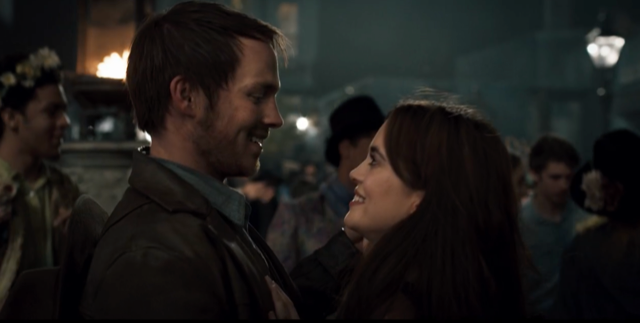


Roland’s ka-tet, Ileen Ritter (Daisy Fairclough), Jamie DeCurry (Joanna McGibbon), Cuthbert Allgood (Khalil Madovi) and Alain Johns (Frankie Fox)
"We were based in this city in Croatia called Rijeka, and we were going to move everyone down to Split. It was a tremendous move, and the week before we were supposed to start shooting, our AD quit. He said the project was too big; it couldn't work. So our second AD stepped up to fill that hole. And then the poor guy found out his daughter had cancer, so he had to leave. He was really dedicated and offered to stay until we found someone and we said 'No - you have to leave!' So Stephen called a guy called Cliff Lanning, who had just shot 'Kingsman 3'. Cliff and Stephen had both worked with our cinematographer Peter Levy. He arrived in Croatia the day before we were supposed to start shooting, stepped in and did an amazing job - he was one of the best ADs I've ever worked with. Then, on the first day of the shoot, it just poured - it was the worst weather Split had seen in 73 years. We sat in our trailers for days while it was raining, and I could just feel my career being washed down the toilet - and this was after driving two hours to get to the location, with another two hours to get back home; it was so far from everything. But Stephen was always positive, and always optimistic. He'd say 'Great; there's a break in the clouds - let's get this shot.' Stephen, Cliff and Peter got us through all that - they were phenomenal. In a way, it felt a bit like a travelling circus - we had top people who were fun and creative. It was really intricate and involved, and it was such an over-the-top experience - we all just felt lucky to be a part of it."
Eldred Jonas and the Big Coffin Hunters
The crew blended practical and computer-generated effects to deliver the epic look of the pilot.
"Our Visual Effects Supervisor, Nathan McGinnis, is brilliant. He's worked with everybody," he said.
"He used this technique called photogrammetry, where they'd send drones up to map different environments. That's how we got the environments for the desert scenes in the opening. My thing is that when I write something, I describe it and then I let the artist interpret that. Stephen and Nathan really designed those elements because we wanted Roland to go through three different types of desert. And then there was Hambry Square. That was all built out; nobody had seen anything like it. We had 700 people on the set for that."
During shooting, Mazzara said he was always considering the epic as a whole and not just a pilot episode.
The Big Coffin Hunters trip up Sheemie (Daniel Laurie) at Traveller’s Rest
"I'd started to conceive the entire series in my mind, and when Roland eventually enters the Dark Tower, he goes past everyone he's encountered in his life. When he enters that last room, he loops back to the desert," he said.
"So in that first shot in the pilot, Sam Strike is looking around. In my mind, he's just entering from a loop. I was going to go back to that shot for the last shot of the series. Not the season, the series. And at one point in the series, around episode 304, I was going to have the big battle of Jericho Hill. I already had notes on where people were and how that played out. I had all the contents scripted in my head. I'd also worked out a unique contract with SAG-AFTRA where I was going to film footage of anyone who had ever worked on the show and bank that footage so that when Roland goes through the Tower and sees everybody, it's not a flashback; it's not repurposed footage. So I was really thinking of the totality of the story."
The locations also provided plenty of inspiration.
"One of the things I'm really proud of is the gun box," Mazzara said.
Marten Broadcloak
"That was inspired by an actual box we had found in a museum in Dubrovnik while we were scouting. It was an intricate-looking device, and I thought it would be a fantastic addition. In my mind, what happened was Roland is raised by 'the Code'. This code is what established order in this world - when Arthur Eld established the gunslingers, his code of ethics established that world. Because, at one point, there were monsters, and they ended up leaving that world and an order was established. And that order has held up. But Roland violates that code because when he goes to get his gun, he goes too early - and he's also going for vengeance. He's not going to get his guns because he's earned them; he's going to use them to kill Marten. When he opens the gun box, we were going to see gears shift, and that's when the world moves on. So in the pilot, there are constantly shots of wheels, gears, a lot of spinning. We were never going to explain it, but I called Robin (Furth), and she said it made sense - so we were thinking about it on a very metaphysical level because there's this intricate mythology tied to our lead. Roland is the most important character in the saga; he's the one who reaches the top of the Dark Tower, he's the only one who can enter the top room - and when he gets to the top room, it rolls on."
While shooting was underway in Croatia, Mazzara's writer's room was working on scripts for the remainder of the season, in the event the series was picked up.
"So the shoot was from April into May. Then from June to December, we were cutting the pilot, doing visual effects, and Bear McCreary was composing the music," he said.
Roland Deschain
"Then I started rewriting the rest of the scripts - rebreaking and rewriting... because the original scripts were written before we had cast the show. I now had actors I could write to, and I had a better understanding of the show. The intent was to do eight episodes in the season, and I was in the middle of episode seven when I was told the show was not going ahead."
The fate of the movie, Mazzara said, was only one element in the show's demise.
"Amazon's also doing 'Wheel of Time', they're doing 'Lord of the Rings' - these are big, expensive shows," he said.
"Ours was probably not as accessible - it was a strange world - so it came with a greater risk."
Ultimately, Mazzara remains philosophical about the experience.
"I can't say I have any regrets. I'm happy with what we did," he said.
Steven Deschain (Jerome Flynn) enters the gates of Gilead
"I had a great creative experience. As a writer, as a producer, you want to work on good material, and you want to work with good people. I got that. What happens later - what the studios or streamers do with it, how the audience reacts - I can't control that. I gave it my best shot. Given the coronavirus pandemic, I wouldn't have been surprised if we started shooting (for a full series) and were shut down anyway. With 'Damien', I had an equal amount of story worked out, and it only went for one season. So you take what you can get - that's the business. I'm grateful I got to spend so much time in Mid-World; I was there for three years. I haven't worked on it for more than a year, and I still have shots in my head; that level of detail is still there. I am disappointed people won't get to see it, though. If the pilot were ever released, I think people would appreciate it. I think they'd appreciate the level of care, the level of detail and the work that went into making an immersive experience that was really tied to the characters."

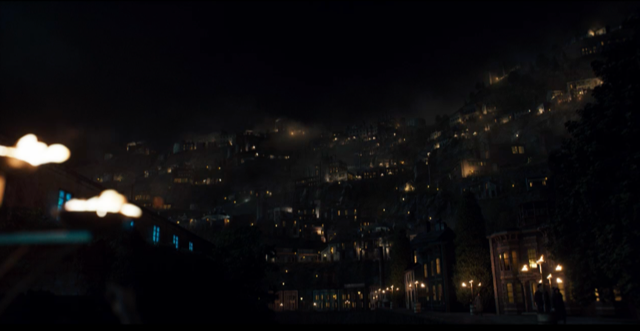






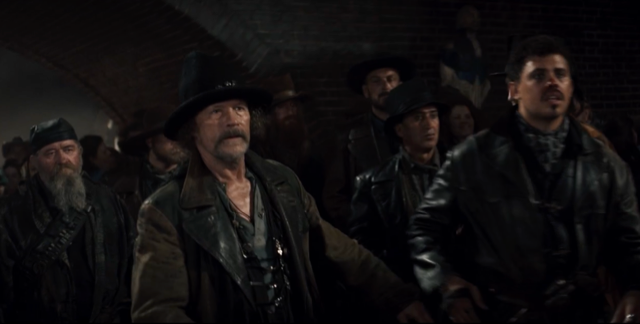

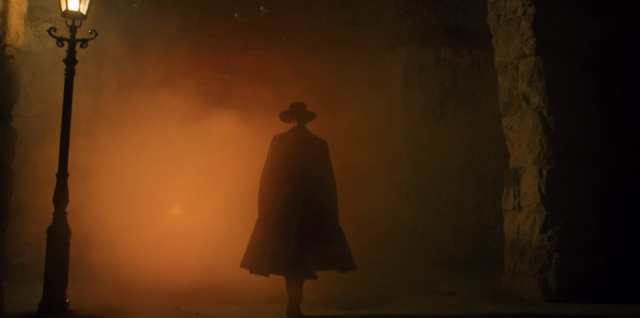


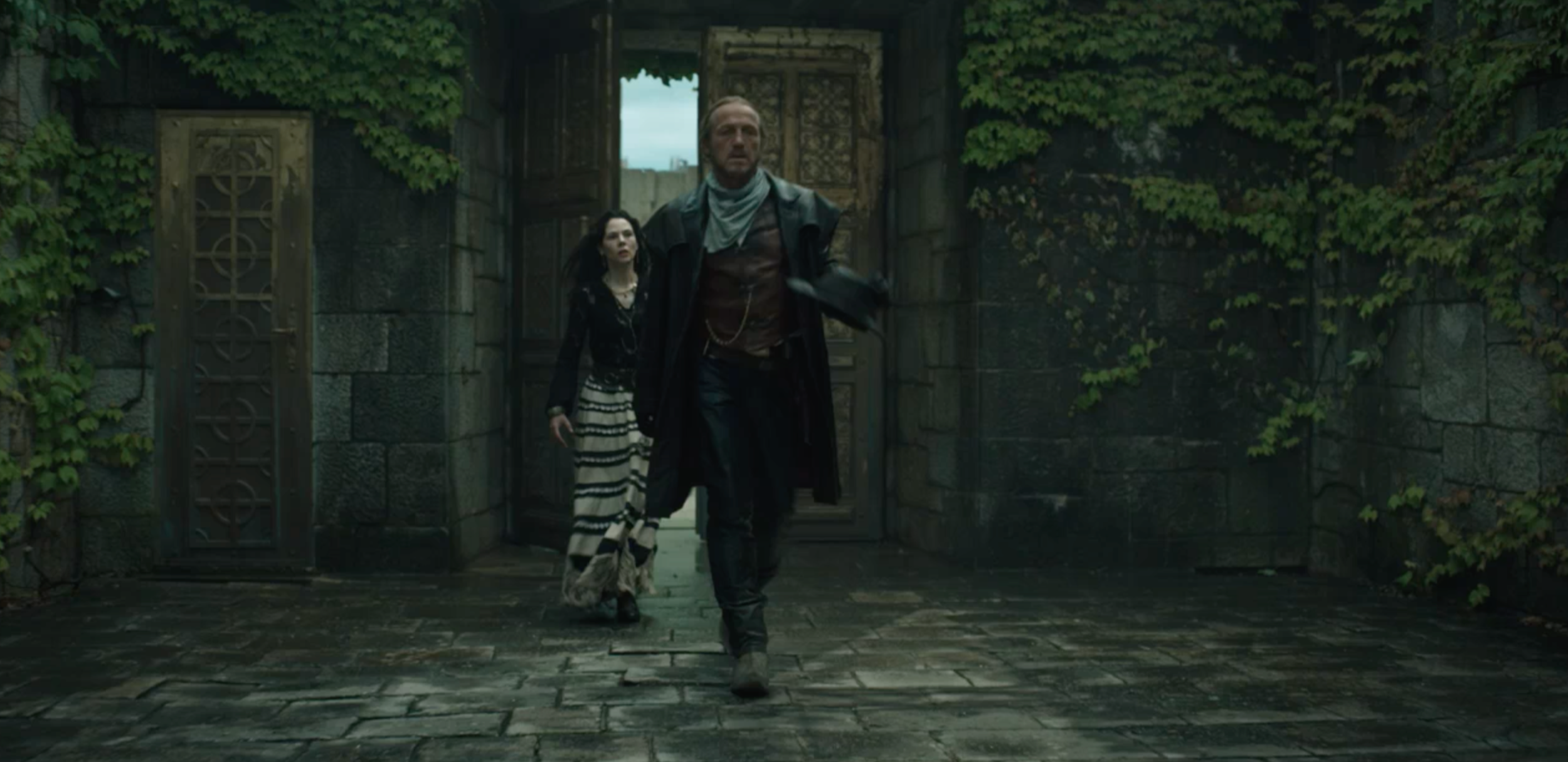
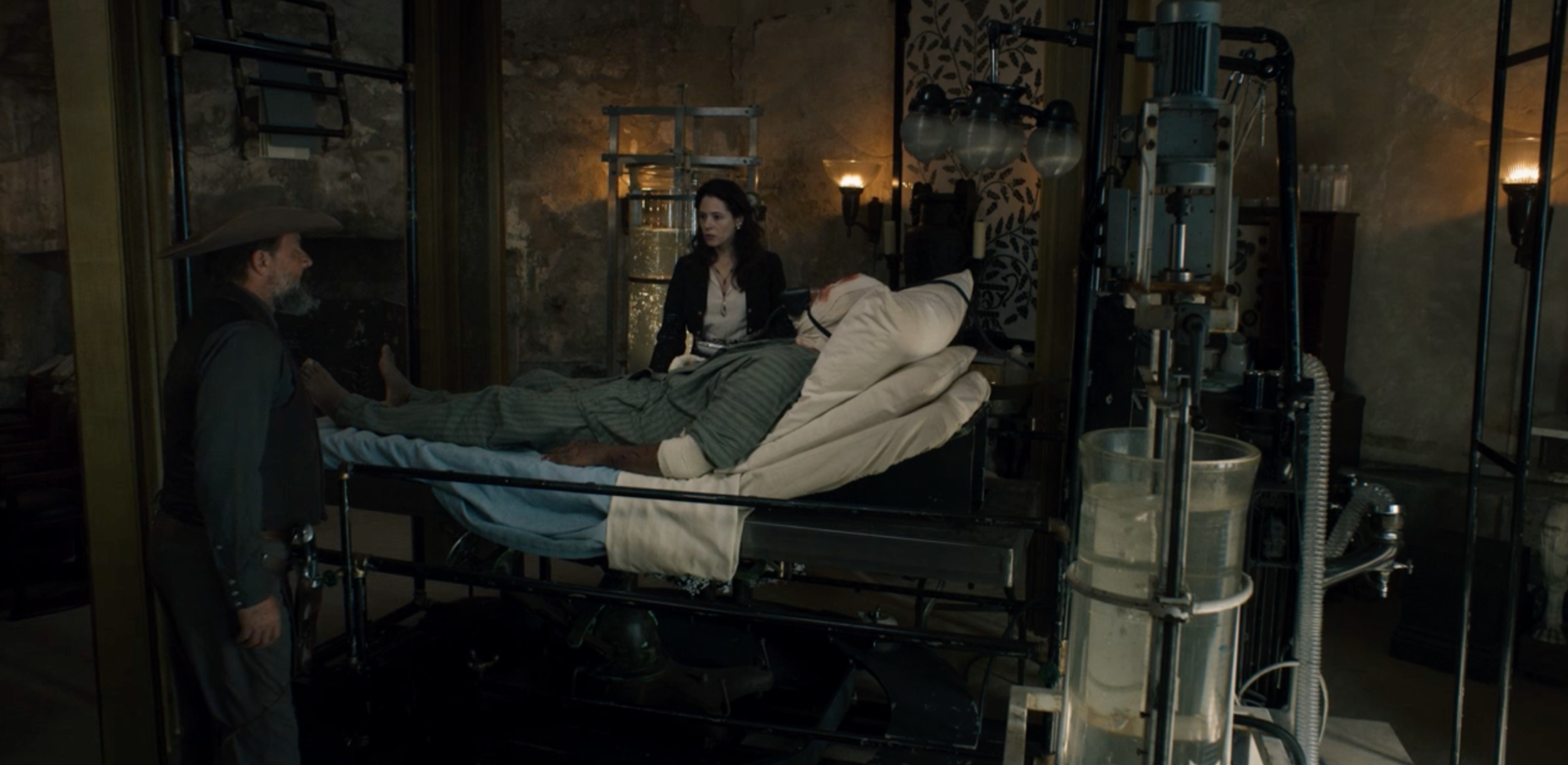
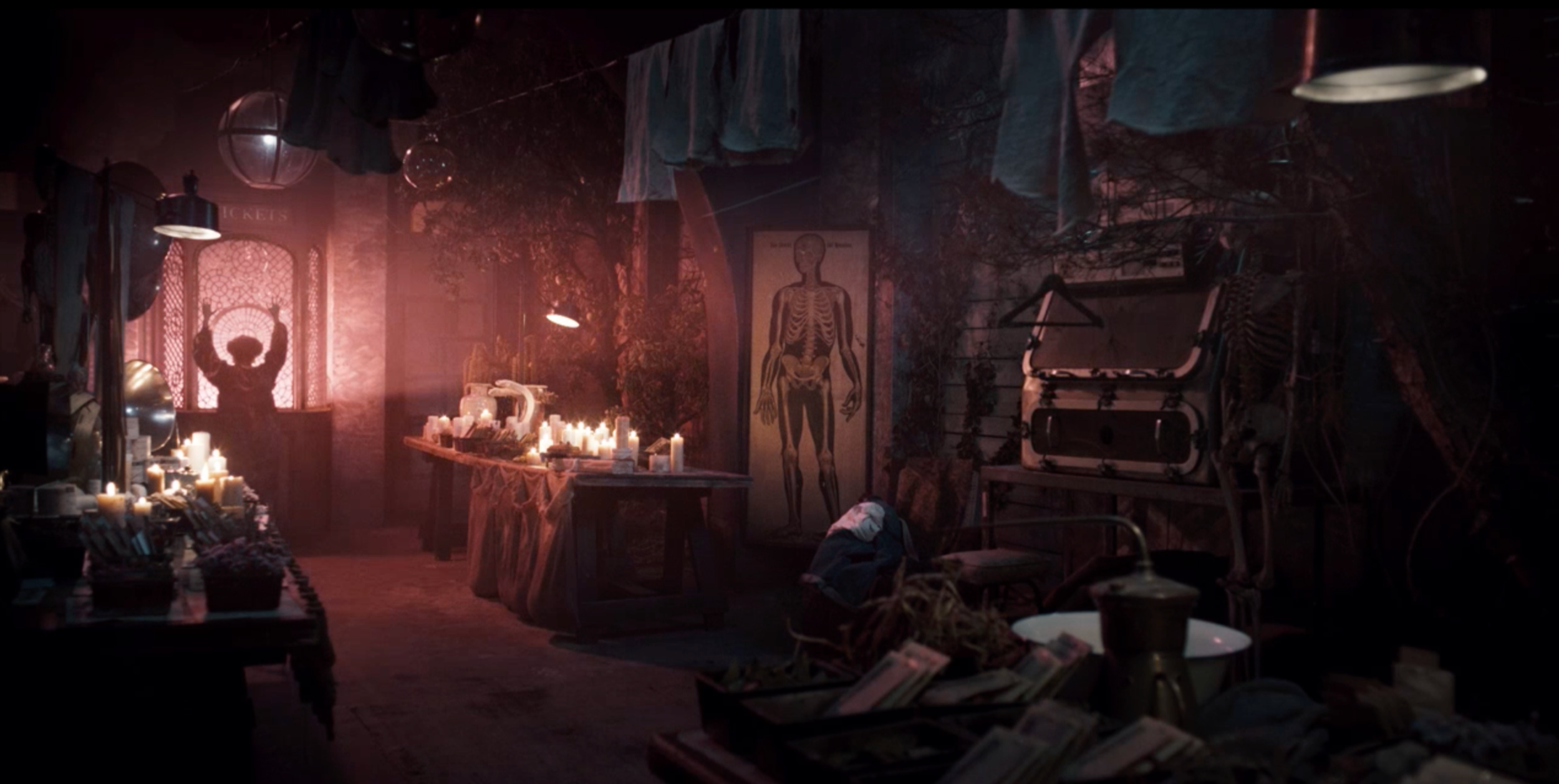
Anotherfilmnerd's earliest cinematic memory was seeing Don Johnson throw up all over a suspect in John Frankenheimer's 'Dead Bang'. Ever since, he's devoted his life to searching out cinema that's weird, wonderful and features vomit in the most unlikely of places.